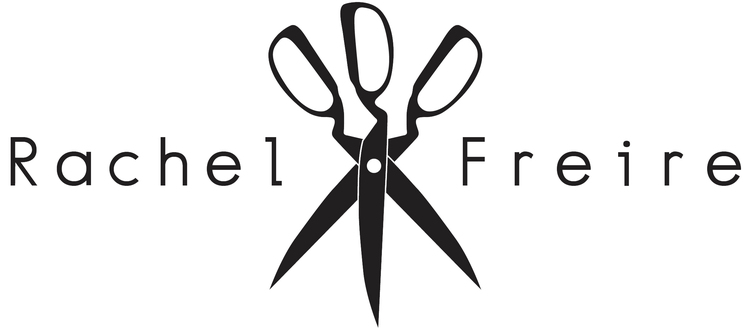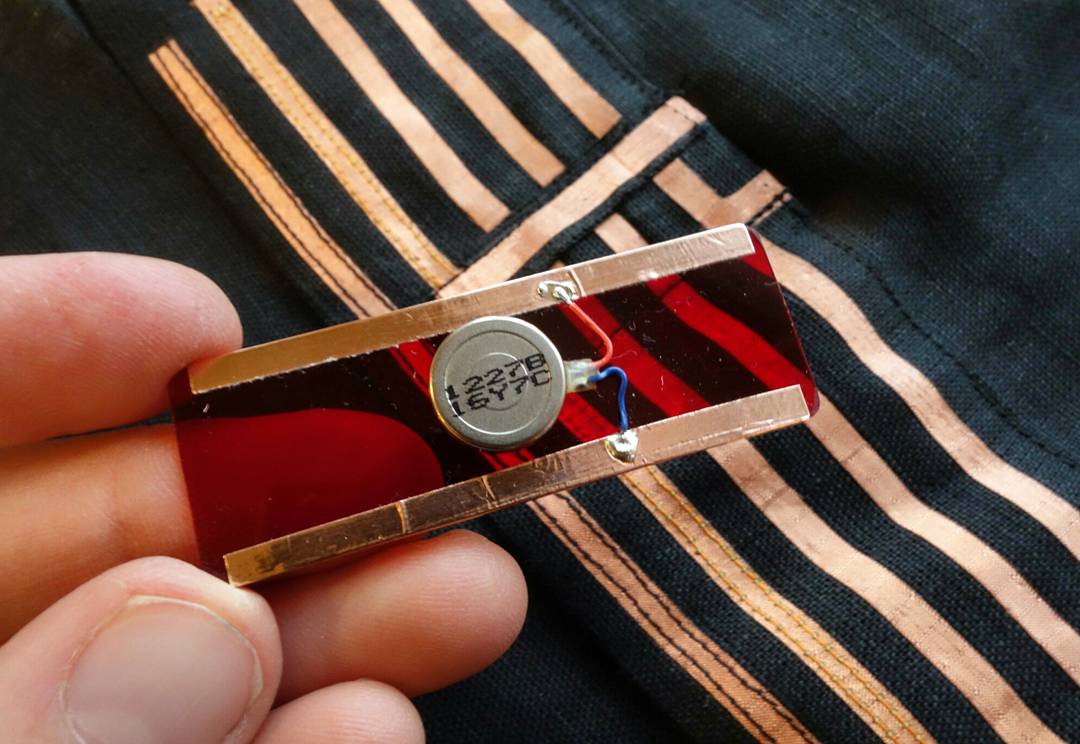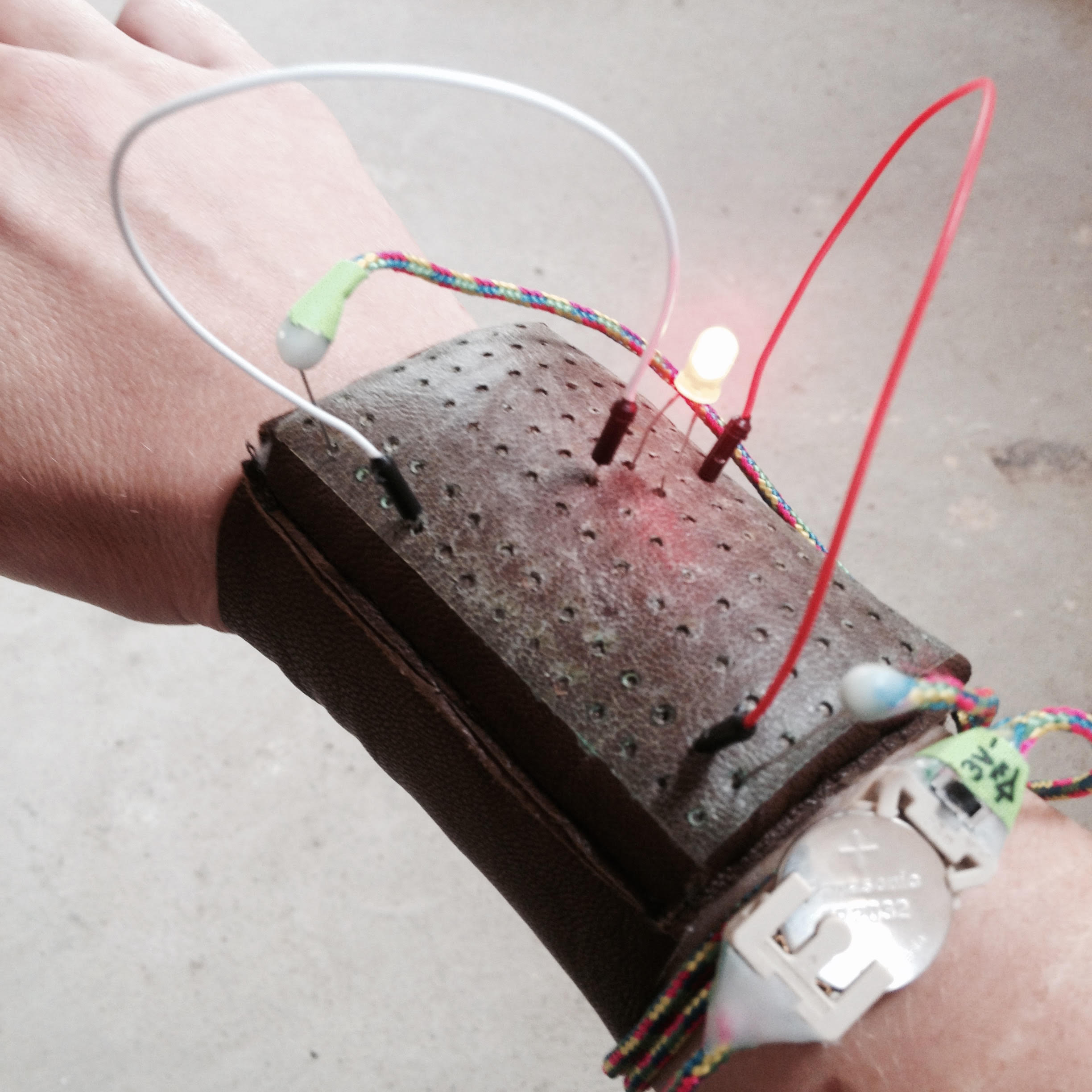Hannah Perner-Wilson and Mika Satomi are best known for their epic explorations in DIY etextiles and documentation on www.kobakant.at. Anyone working with etextiles will be familiar with the incredible resource How To Get What You Want.
Their latest project KOBA takes this work one step further and offers an open studio and shop front allowing the public to walk in and commission whatever wearable electronic garment they can dream up! If you are in Berlin, I recommend you pay them a visit.
I started 2018 in style, spending an inspiring week in the KOBA Schneiderei in Kreuzberg. Working alongside Hannah and Mika I drafted the block for my unisex modular jumpsuit collection (more on that later) as well as giving a talk about 'how do we know what we want? making fantasies come true' at their first #Shoptalk event. We collaborated on a prototype jumpsuit (for ..me!) and you can follow the design and evolving documentation here. In the belt are vibration motors which tell me north when activated - by jumping, of course. It also wakes me up by 'purring' if I have been stationary for too long. Watch the video below or check out their blog post to learn more.
You can follow the evolution of the tailorshop and ongoing documentation on the KOBA website. If you want to be inspired and lose yourself in a web of inspiration, I encourage you to follow the multitude of links in this post and explore their work. You won't regret it.
I will be going back to KOBA in March (after we have recovered from fashion week) with my partner in crime Bex to see what wonders have been dreamt up since this visit.. and to make custom jumpsuits for Hannah and Mika.
Anyone familiar with my clothing obsessions will know: jumpsuits are the way of the future. This allusory jumpsuit pattern (and the whole collection) will be open sourced and uploaded as soon as we have: made the different style samples, rubbed our beards thoughtfully, hated them, decided we love them, shot them beautifully, presented them officially and finally, refined the patterns and uploaded the content. No biggie. You can have the patterns for free and will also be able to order them from us. The future will be sexy and utilitarian and have options. We have one month to complete this mission. Watch this space.



















